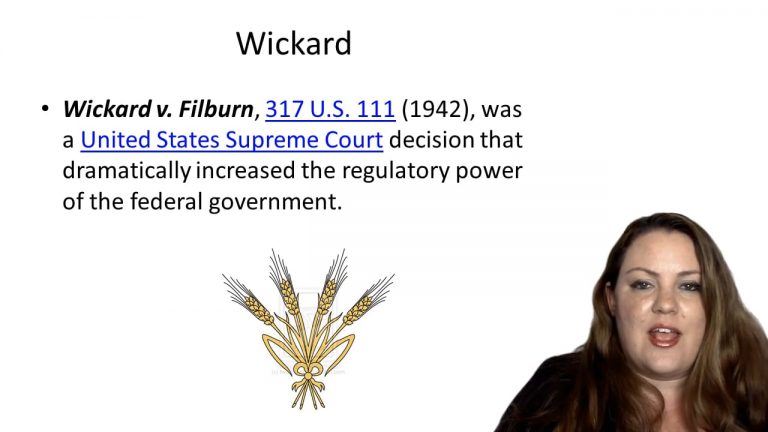SmartBrief
Confirm favorite deletion?
Constitutional Law Keyed to Barnett
Gonzales v. Raich
Citation:
545 U.S. 1 (2005)Facts
Respondents were two California residents who wanted to possess and use marijuana for medicinal purposes, pursuant to the Compassionate Use Act. They were both prescribed medicinal marijuana by a doctor, and their doctors said they needed marijuana to treat severe pain. Their marijuana was seized by federal Drug Enforcement Administration (DEA) agents, although county officials in California deemed respondents’ use lawful under the Compassionate Use Act. DEA agents destroyed the plants because they were banned substances under Title II (the Controlled Substances Act) of the Comprehensive Drug Abuse Prevention and Control Act. Respondents did not challenge the entire Comprehensive Drug Abuse Prevention and Control Act as an impermissible exercise of Congress’s authority under the Commerce Clause, but rather claimed that the law’s prohibition on the manufacture and possession of medical marijuana impermissibly conflicted with the California Law (Compassionate Use Act of 1996).
Only StudyBuddy Pro offers the complete Case Brief Anatomy*
Access the most important case brief elements for optimal case understanding.
*Case Brief Anatomy includes: Brief Prologue, Complete Case Brief, Brief Epilogue
- The Brief Prologue provides necessary case brief introductory information and includes:
Topic:
Identifies the topic of law and where this case fits within your course outline.Parties:
Identifies the cast of characters involved in the case.Procedural Posture & History:
Shares the case history with how lower courts have ruled on the matter.Case Key Terms, Acts, Doctrines, etc.:
A case specific Legal Term Dictionary.Case Doctrines, Acts, Statutes, Amendments and Treatises:
Identifies and Defines Legal Authority used in this case.
- The Case Brief is the complete case summarized and authored in the traditional Law School I.R.A.C. format. The Pro case brief includes:
Brief Facts:
A Synopsis of the Facts of the case.Rule of Law:
Identifies the Legal Principle the Court used in deciding the case.Facts:
What are the factual circumstances that gave rise to the civil or criminal case? What is the relationship of the Parties that are involved in the case.Issue(s):
Lists the Questions of Law that are raised by the Facts of the case.Holding:
Shares the Court's answer to the legal questions raised in the issue.Concurring / Dissenting Opinions:
Includes valuable concurring or dissenting opinions and their key points.Reasoning and Analysis:
Identifies the chain of argument(s) which led the judges to rule as they did.
- The Brief Prologue closes the case brief with important forward-looking discussion and includes:
Policy:
Identifies the Policy if any that has been established by the case.Court Direction:
Shares where the Court went from here for this case.
Topic Resources

 9m 38s
9m 38s